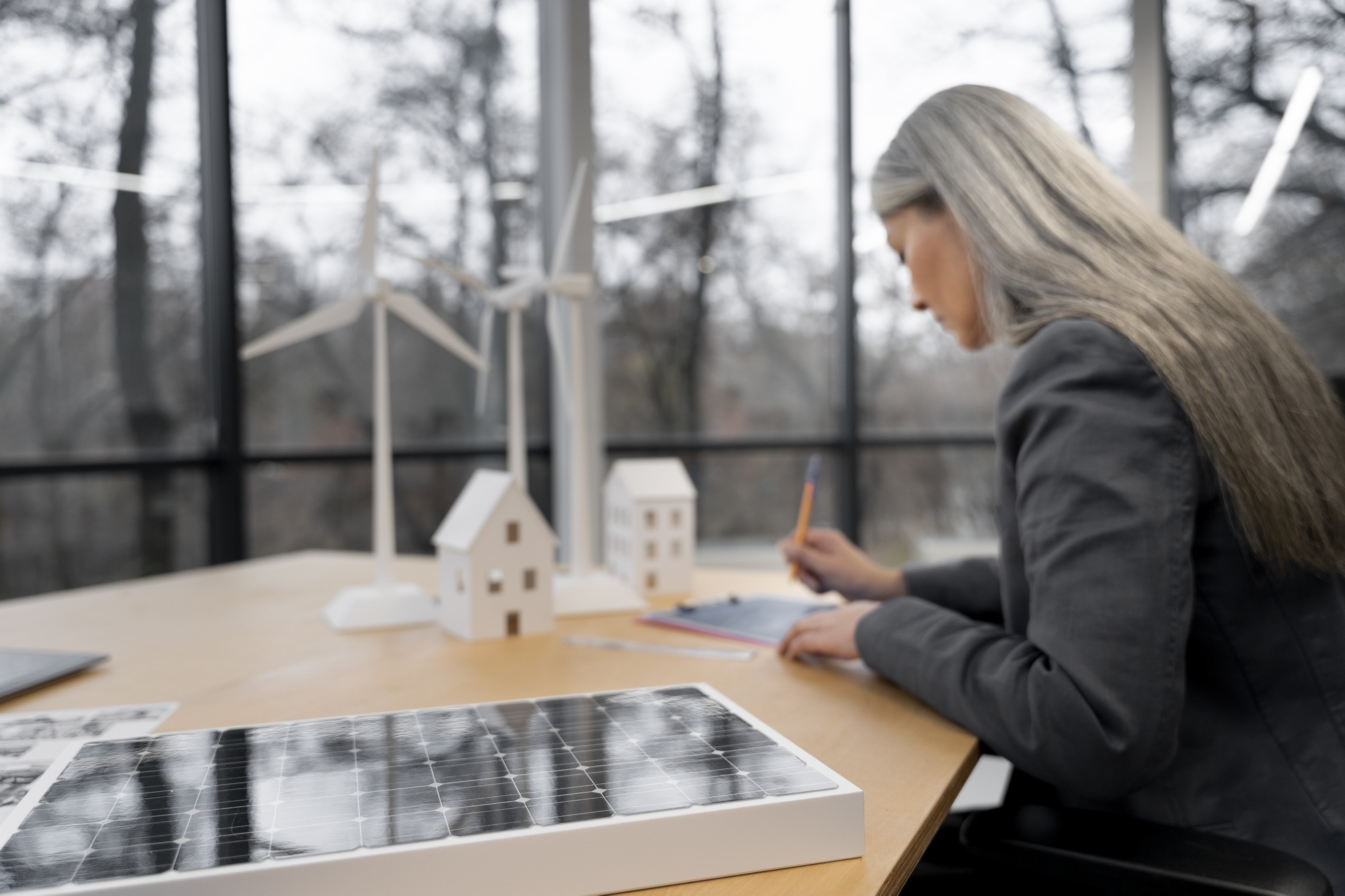In an era where sustainability is no longer just a trend but a necessity, energy-efficient homes are gaining significant traction. As environmental consciousness grows, homeowners are increasingly looking for ways to reduce their carbon footprint and minimize energy costs without compromising comfort. Modern construction techniques have risen to meet this demand, combining innovation, efficiency, and aesthetic appeal. Here’s a closer look at some of the most impactful methods shaping the future of sustainable living.

1. Passive Solar Design
Passive solar design leverages the natural elements—sunlight, wind, and shade—to regulate a home’s temperature. This approach includes strategically placing windows, walls, and floors to capture and distribute solar energy in winter while minimizing heat gain during summer. High-performance insulation and reflective coatings on windows further enhance this technique, reducing the need for artificial heating or cooling systems.
2. Advanced Insulation Materials
Insulation plays a pivotal role in maintaining a home’s energy efficiency. Modern construction utilizes advanced materials such as spray foam, insulated concrete forms (ICFs), and structural insulated panels (SIPs). These materials provide superior thermal resistance, ensuring that indoor temperatures remain stable regardless of external weather conditions.
3. Green Roofs
Green roofs—covered with vegetation—are not only visually striking but also highly functional. They improve insulation, reduce urban heat islands, and provide natural cooling effects. Additionally, green roofs can enhance air quality, manage stormwater, and promote biodiversity, making them a win-win solution for urban and suburban homes alike.
4. Smart Home Integration
The integration of smart technology into modern construction allows homeowners to monitor and control energy usage in real time. From programmable thermostats and energy-efficient lighting to smart appliances and solar panel systems, these innovations empower users to optimize energy consumption while reducing waste.
5. Prefabricated and Modular Construction
Prefabrication and modular construction techniques are becoming increasingly popular due to their efficiency and eco-friendliness. Components are manufactured off-site in controlled environments, reducing material waste and energy consumption. These prefabricated elements are then transported and assembled on-site, cutting down on construction time and disruption.
6. Use of Recycled and Sustainable Materials
Modern construction emphasizes the use of recycled and sustainable materials, such as reclaimed wood, recycled steel, and bamboo. These materials not only lower the environmental impact but also provide unique textures and finishes that enhance a home’s aesthetic appeal.
7. Net-Zero Energy Homes
Net-zero energy homes are designed to produce as much energy as they consume, primarily through renewable sources like solar panels or wind turbines. Highly efficient HVAC systems, airtight construction, and advanced water heating technologies complement this approach, creating a home that is both self-sustaining and environmentally friendly.
8. Rainwater Harvesting and Greywater Recycling
Incorporating water-saving technologies is another hallmark of modern energy-efficient construction. Rainwater harvesting systems collect and store rainwater for irrigation or household use, while greywater recycling systems treat wastewater for reuse in toilets or landscaping.
9. High-Efficiency HVAC Systems
Heating, ventilation, and air conditioning (HVAC) systems are among the largest energy consumers in a home. Modern systems are designed to maximize efficiency, using zoned heating and cooling, geothermal heat pumps, and energy recovery ventilators (ERVs) to maintain comfort without excess energy expenditure.
10. Solar Panels and Renewable Energy Systems
Finally, no discussion of energy-efficient construction is complete without mentioning renewable energy systems. Solar panels, wind turbines, and even small-scale hydropower systems enable homes to harness clean, renewable energy. Many homeowners also integrate battery storage systems to ensure a consistent energy supply.
The Way Forward
Building energy-efficient homes is not just about adopting the latest technology; it’s about creating a harmonious balance between modern living and environmental stewardship. At Lavish Layer Interiors, we believe that every home should reflect the values and aspirations of its inhabitants. By incorporating these modern construction techniques, we aim to craft spaces that are not only beautiful but also sustainable for generations to come.
Explore more about our services and projects at Lavish Layer Interiors, and let us help you bring your vision of an energy-efficient dream home to life.
